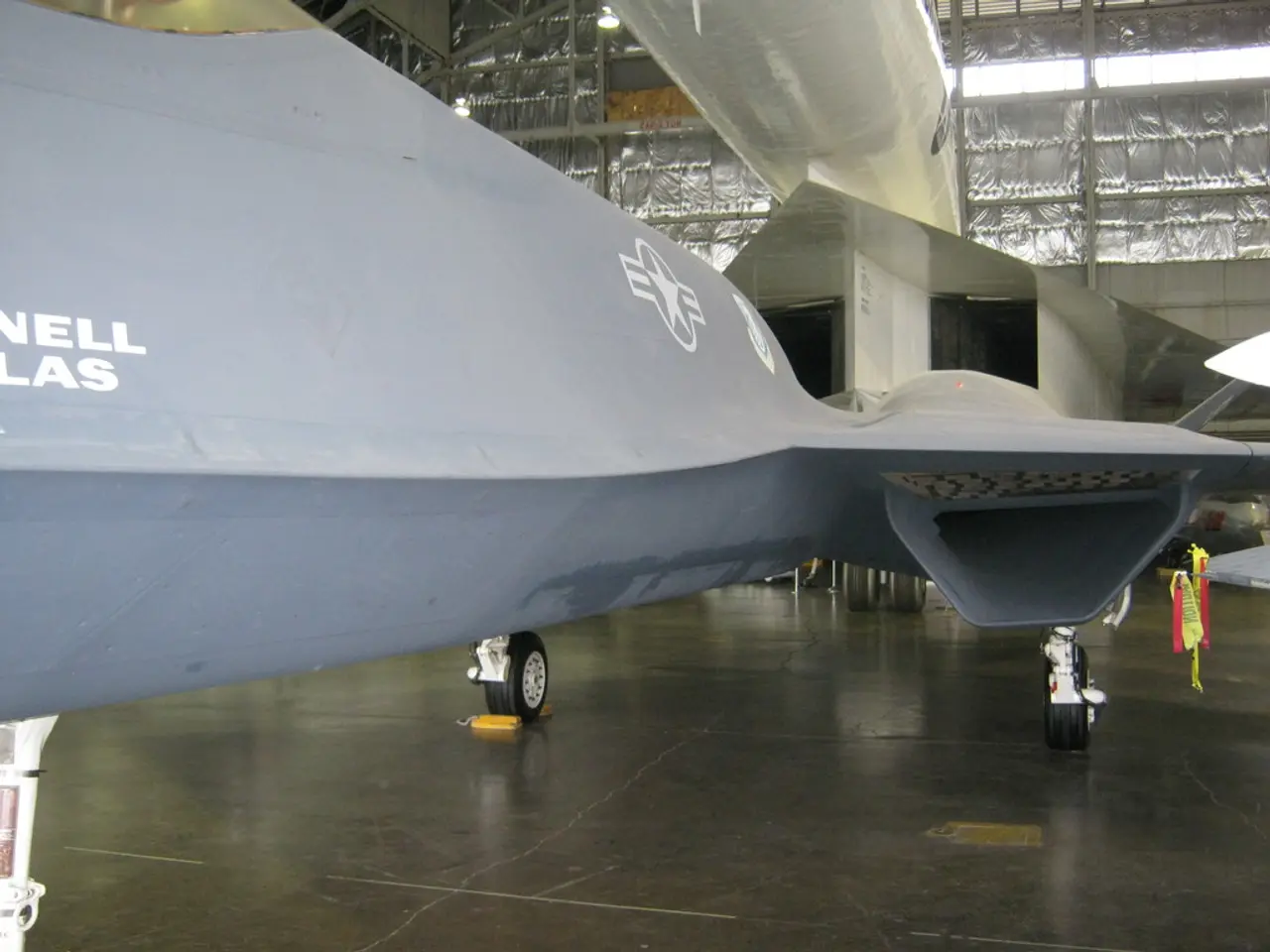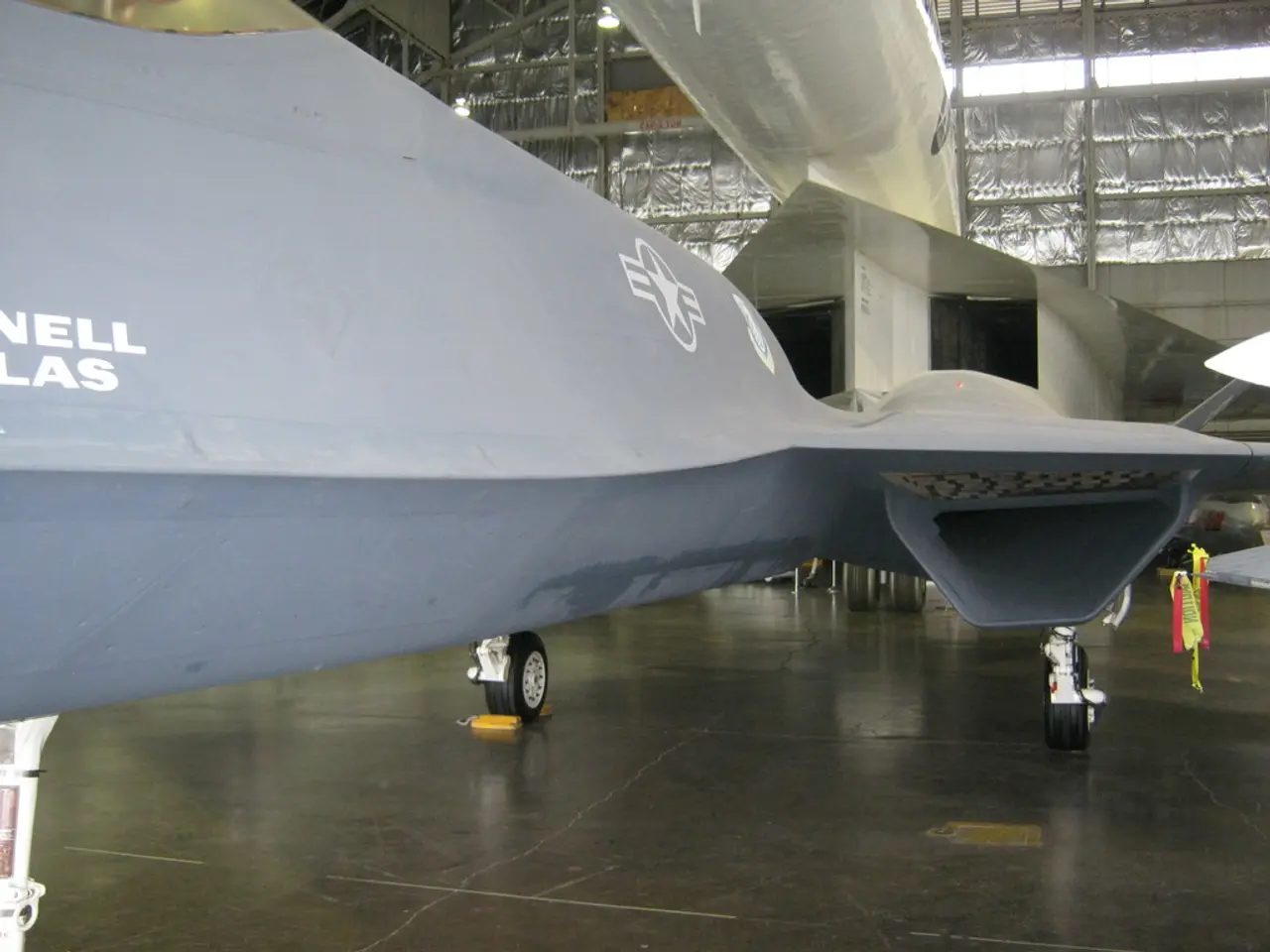Navigating Minimum Visual Flight Rules Heights: A Comprehensive Overview
Article: Understanding Minimum Safe Altitudes for Aircraft Flight
Flying an aircraft requires adherence to various regulations, particularly those concerning minimum safe altitudes. These guidelines are outlined in 14 CFR 91.119, a set of rules that ensure the safety of both the aircraft and those on the ground.
In congested areas such as cities, towns, or settlements, or open-air assemblies of people, aircraft must maintain an altitude of at least 1,000 feet above the highest obstacle within a horizontal radius of 2,000 feet of the aircraft. Over other areas, including depopulated or sparsely populated regions, the minimum altitude is 500 feet above the surface, with the exception of open water or sparsely populated areas, where the aircraft may not be operated closer than 500 feet to any person, vessel, vehicle, or structure.
Sectional charts, used for visualising obstacles that extend more than 200 feet above ground level (AGL), typically mark these obstacles unless they are within the yellow tint of a city. Obstacles less than 1000' AGL are marked with a small symbol, while those 1000' AGL and higher are marked with a larger symbol. Examples of such obstacles include smokestacks, tanks, factories, lookout towers, antennas, and more.
When flying over depopulated areas like open fields or open water, the FAA allows an altitude of 500 feet above the surface. However, the aircraft must not be operated closer than 500 feet to any person, vessel, vehicle, or structure.
Care should be taken when flying at low altitudes, as catastrophic failures at these heights leave little room (or time) to react safely. The FAA's definition of a "congested area" is not clearly defined and is determined on a case-by-case basis. The Association of Aircraft Owners and Pilots (AOPA) has stated that the FAA has successfully declared that a congested area includes a group of people on an airport ramp, sunbathers on a beach, a small subdivision covering less than a quarter-mile, and traffic on an Interstate highway.
It's worth noting that the regulations for flying at low altitude are subjective, and there aren't many reasons pilots need to operate lower than the 1000'/500' rules, except for takeoff and landing. The FAA maintains the viewpoint that low passes aren't necessary for takeoff or landing unless the aircraft is configured for landing (gear down, flaps out).
The regulations for minimum safe altitudes are not the only rules that apply to low altitude flying. The catch-all "careless or reckless" clause (91.13) applies to flying at low altitudes, and the FAA may consider low altitude flying with passengers onboard to endanger their lives.
Finally, it's important to remember that adhering to these regulations is crucial for the safety of everyone involved. Flying too close to people, vessels, vehicles, or structures, even in depopulated areas, can lead to enforcement action from the FAA.
[1] The minimum safe altitudes do not apply when necessary for takeoff or landing. [4] The minimum safe altitudes do not apply when necessary for takeoff or landing.
- During takeoff and landing, the minimum safe altitudes do not apply, but pilots should exercise caution to ensure safety.
- Adherence to minimum safe altitudes is essential for the safety of the aircraft, its passengers, and those on the ground.
- In congested areas, aircraft must maintain an altitude of 1,000 feet above the highest obstacle within a 2,000 feet radius.
- When flying over open fields or open water, the FAA allows an altitude of 500 feet above the surface, but the aircraft must remain 500 feet from any person, vessel, vehicle, or structure.
- Obstacles taller than 1000' AGL are marked on sectional charts with a larger symbol, while those under 1000' AGL are denoted with a smaller symbol.
- Flying close to people, vessels, vehicles, or structures in depopulated areas may lead to enforcement action from the FAA.
- In the aviation industry, low altitude flights, besides takeoff and landing, are generally unnecessary and are subject to the "careless or reckless" clause (91.13) of the FAA regulations.
- Pilots are advised to stay well clear of structures like smokestacks, tanks, factories, lookout towers, and antennas when flying over populated or open areas.
- The FAA views low passes as inessential for landing or takeoff unless the aircraft is configured for landing (gear down, flaps out).








